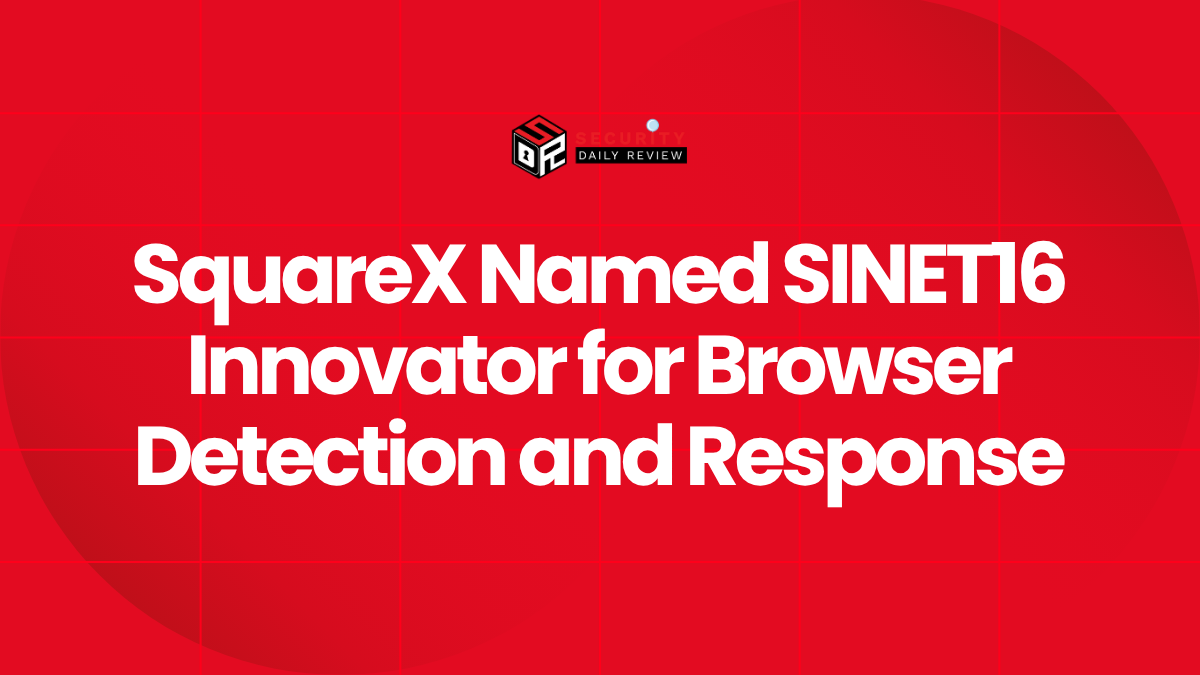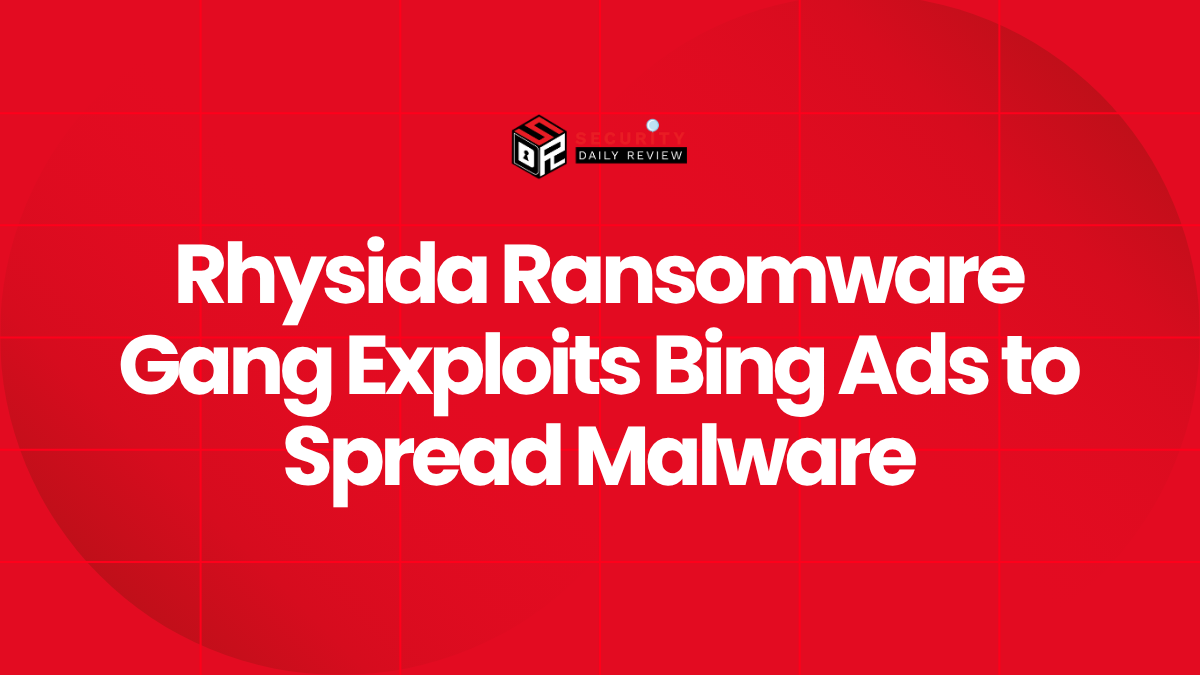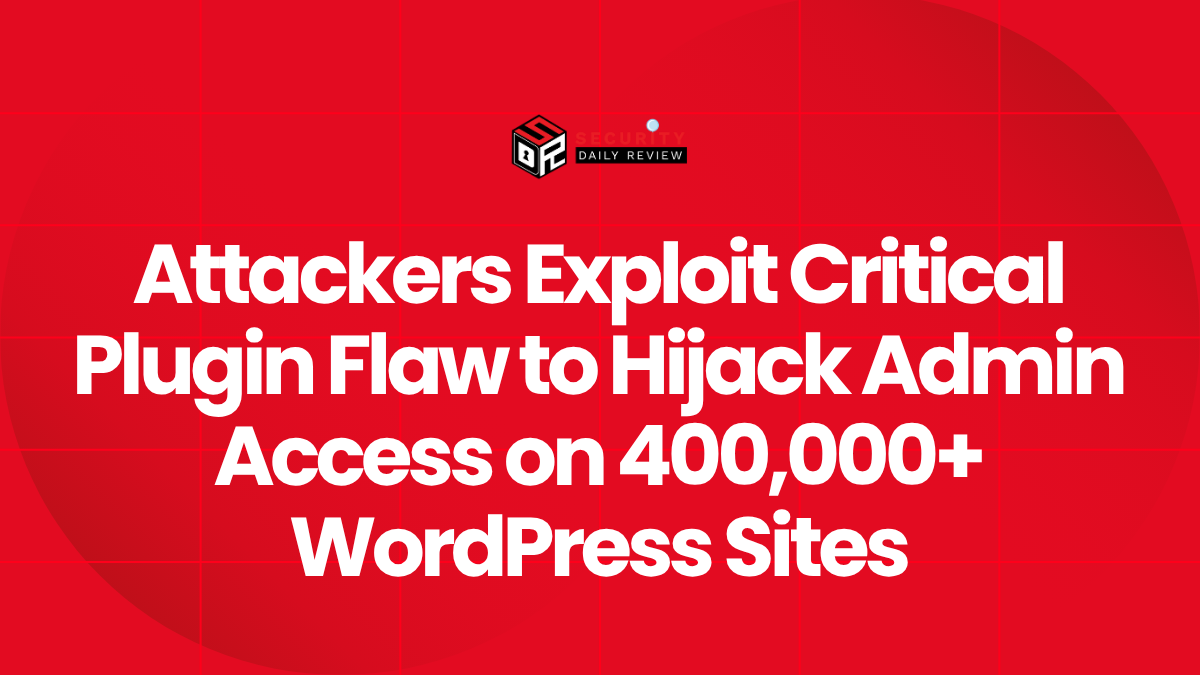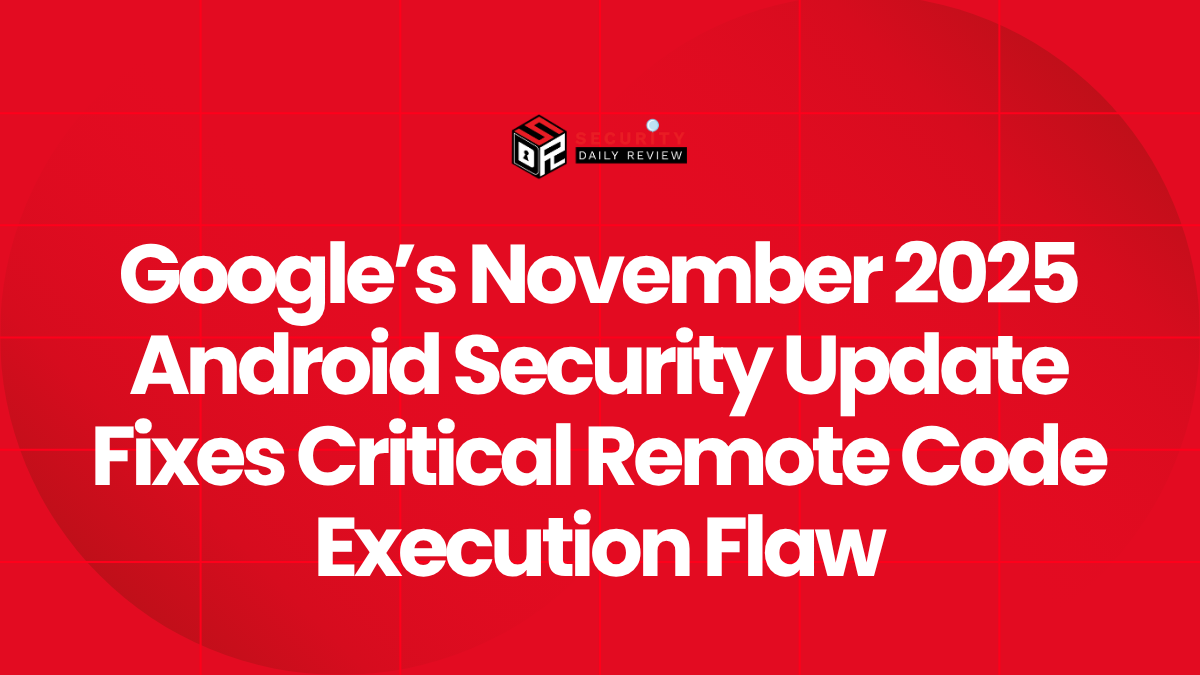Attention business owners and cybersecurity professionals! Are you aware that 80% of all data breaches exploit compromised identities?
These attacks aren’t just a nuisance; they can cripple your operations, inflict significant financial losses, and severely damage your reputation. What’s even more alarming is that these breaches can take up to 250 days to detect, giving attackers ample time to wreak havoc.
Traditional security measures often fail to identify these attacks because they mimic legitimate user behavior. This blog will equip you with the knowledge you need to understand, prevent, and respond to these devastating threats.
The Stealthy Nature of Identity Attacks
The insidious nature of identity-based attacks makes them particularly dangerous. When a legitimate user’s credentials are compromised, the attacker seamlessly blends into the system, making it nearly impossible to distinguish malicious activity from normal user behavior. This challenge underscores the urgent need for advanced security solutions that go beyond traditional methods. The cost of inaction is simply too high and that is why understanding these identity based attacks is extremely crucial.
Understanding and Preventing 7 Common Identity-Based Attacks
Let’s delve into seven common identity-based attacks and explore effective countermeasures:
1. Credential Stuffing: A Brute-Force Assault on Your Digital Identity
Credential stuffing is a prevalent form of identity-based attack where attackers use stolen login credentials obtained from data breaches or purchased on the dark web to try accessing unrelated accounts. This is a form of identity theft protection failure. Threat actors leverage automated tools, or identity attack software, often botnets, to attempt numerous logins simultaneously.
Successful attempts grant access to sensitive data. Preventing this requires strong password policies, robust identity authentication solutions, multi-factor authentication (MFA) as a key identity security measure, and identity threat detection systems capable of identifying unusual login patterns.
A comprehensive identity attack response plan is also crucial to contain the damage after a breach. Identity attack prevention strategies should focus on these measures, along with regular security audits to identify vulnerabilities and increase online identity attack protection.
2. Golden Ticket Attack: Unfettered Domain Access
The golden ticket attack targets Microsoft Active Directory (AD), aiming for almost unlimited access to an organization’s domain. This cyber identity attack solution exploits weaknesses in the Kerberos authentication protocol, bypassing normal authentication.
It’s a serious identity and access threats scenario. Attackers need the domain’s fully qualified domain name, security identifier, KRBTGT password hash, and a target username.
In this case, the Identity attack security relies heavily on preventing this. Prevention involves regular patching and updates, strong password policies for the KRBTGT account, and robust security auditing.
Advanced threat detection systems are also crucial for identity threat detection and prevention. Organizations are urged to invest in advanced identity protection and robust identity access management solutions.
3. Kerberoasting: Targeting Service Account Credentials
Kerberoasting is a post-exploitation technique focusing on cracking service account passwords within AD. It’s a sophisticated identity-based attack that leverages the Kerberos protocol.
Attackers request tickets containing encrypted Kerberos passwords and use offline brute-force methods to crack them. This is a critical identity-based threat management challenge.
Identity attack prevention in this case involves strong password policies for service accounts, regular password rotation, and monitoring for suspicious Kerberos ticket requests. Identity verification security measures are vital here to stop identity attacks before they escalate.
4. Man-in-the-Middle (MITM) Attack: Intercepting Sensitive Information
MITM attacks involve intercepting communication between two parties to steal data like passwords and banking details. Attackers might manipulate communication to trick victims into actions like changing credentials or initiating fraudulent transactions.
Identity phishing protection is crucial here and prevention requires strong encryption (HTTPS), VPNs for secure communication, and employee education on phishing and social engineering. Real-time id monitoring can also help detect suspicious activity. This is a key area for online identity attack protection.
5. Pass-the-Hash Attack: Exploiting Stolen Hashes for Lateral Movement
Pass-the-hash attacks involve stealing a user’s hashed credential and using it to create a new session. Attackers often gain initial access through social engineering, then use tools to extract hashes from active memory.
This enables lateral movement, escalating the impact of the initial identity-based attack. In this case, Identity attack security requires a multi-layered approach.
Prevention may include strong password policies, MFA, regular patching, and advanced threat detection systems capable of identifying pass-the-hash attempts. For enterprises, a robust identity attack response plan may be the best bet to mitigating the damage.
6. Password Spraying: Systematic Brute-Force Attacks
Password spraying uses a single common password against multiple accounts. Attackers acquire a list of usernames and systematically try the password. They repeat with different common passwords until a match is found.
This is a common case of identity fraud prevention failure. Preventing such identity cyber attacks involves strong password policies, MFA, account lockout policies, and advanced threat detection systems.
7. Silver Ticket Attack: Forging Authentication Tickets
Silver ticket attacks involve forging authentication tickets using a stolen account password. This forged ticket grants access to specific services, allowing privilege escalation and lateral movement. This is a serious identity-based threat requiring advanced identity-based threat management.
Security measures requires strong password policies, MFA, and monitoring for suspicious activity in Active Directory. Advanced threat detection is essential for real-time id monitoring and identity threat detection. Again, a comprehensive identity attack response plan would be a life saver for enterprise businesses.
Conclusion:
The threat landscape is constantly evolving, and identity-based attacks are becoming increasingly sophisticated. Ignoring these threats is not an option. Proactive measures are crucial for protecting your organization from the devastating consequences of these attacks. Investing in advanced identity protection solutions, implementing robust security policies, and providing regular security awareness training for your employees are essential steps in building a strong defense against identity-based threats.
FAQs
Q: What is an identity attack? A: An identity attack is a cyberattack that exploits compromised user credentials to gain unauthorized access to systems and data.
Q: How can I prevent identity attacks? A: Implement strong password policies, enforce multi-factor authentication, use advanced threat detection systems, and provide regular security awareness training to your employees.
Q: What are the common types of identity attacks? A: Common types include credential stuffing, golden ticket attacks, Kerberoasting, MITM attacks, pass-the-hash attacks, password spraying, and silver ticket attacks.
Q: What is the best way to protect against identity attacks? A: A multi-layered approach combining strong security policies, advanced technologies, and employee training is the most effective way to protect against identity attacks.









